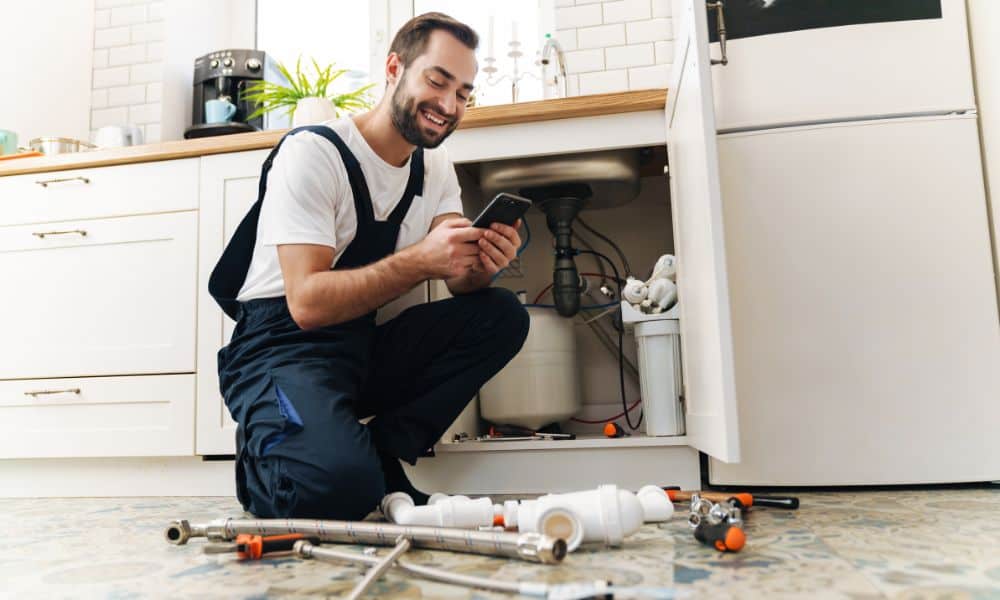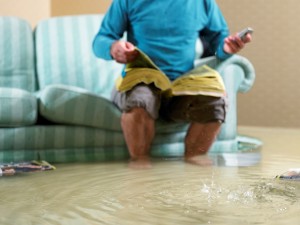When to Manage Piping Issues On Your Own vs. When You Should Consult a Professional Plumber
When to Manage Piping Issues On Your Own vs. When You Should Consult a Professional Plumber
Blog Article
Just how do you really feel on the subject of When to DIY and When to Call in the Plumbing Pros?

Introduction
Plumbing concerns can vary from small aggravations to significant headaches, frequently triggering home owners to choose between tackling the issue themselves or contacting a professional plumber. Understanding when to DIY and when to seek specialist help can conserve time, cash, and protect against potential catastrophes. This write-up explores the variables to consider when making this crucial decision.
Benefits of DIY Pipes
Tackling pipes jobs yourself can be satisfying in a number of ways, specifically for simpler jobs.
Expense Savings
DIY plumbing jobs often save cash by avoiding professional service fees. Tasks like taking care of small leakages, changing taps, or installing new showerheads are examples where property owners can deal with repair work without employing a plumbing technician.
Ability Improvement
Taking part in do it yourself plumbing provides a possibility to discover and improve useful abilities. Fundamental jobs equip house owners to comprehend their plumbing systems better and obtain self-confidence in handling small fixings separately.
Risks of Do It Yourself Plumbing
While DIY tasks offer advantages, certain dangers should be meticulously considered prior to attempting repairs.
Complexity of Jobs
Some pipes issues need customized knowledge and tools beyond normal property owner abilities. Messing up intricate problems can result in additional damages and pricey repairs.
Safety and security Concerns
Working with pipes systems involves risks such as exposure to water damage, capacity for electric dangers, and handling tools incorrectly. Security safety measures need to be observed to avoid mishaps and make sure efficient repair work.
Indicators to Call an Expert Plumbing Professional
Identifying when a pipes problem surpasses DIY capacities is important to preventing aggravating problems.
Indications of Complex Issues
Instances consist of:
Prompt professional intervention is needed to attend to these concerns properly and minimize damage.
DIY Plumbing Tips
For effective do it yourself pipes, it's essential to be prepared with the right tools and follow proper procedures.
Fundamental Tools and Materials
Key tools for DIY pipes:
Step-by-Step Guides
Clear instructions ensure secure and reliable DIY repairs:
Picking the Correct Time to Do It Yourself
Figuring out when to deal with plumbing jobs yourself needs examining both the intricacy of the issue and individual convenience levels.
Assessment Checklist
Think about:
When to Certainly Call a Professional
Certain situations demand prompt professional attention to prevent extensive damage or safety and security risks.
Examples consist of:
Finding and Employing an Expert Plumbing
Choosing a certified plumbing professional ensures trustworthy solution and peace of mind in dealing with plumbing issues.
Criteria for Option
Elements to think about:
Cost Analysis: do it yourself vs. Professional Solutions
Contrasting the financial ramifications of do it yourself efforts versus specialist pipes solutions aids in making informed decisions.
Financial Considerations
Evaluate:
Conclusion
Deciding whether to DIY or call a specialist plumbing rests on recognizing the intricacy of pipes concerns and individual capacities. By weighing the advantages and threats, homeowners can make enlightened selections that advertise effective maintenance and safeguard their homes from pipes catastrophes.
DIY Plumbing Projects: What Homeowners Can Do and When to Call a Professional
Welcome to our comprehensive guide on DIY plumbing projects. In this blog post, we aim to empower homeowners with the knowledge and skills to tackle basic plumbing tasks around the house. From unclogging drains to fixing a leaky faucet, we’ll walk you through step-by-step instructions on how to handle these common issues.
However, not all plumbing problems can or should be solved with a DIY approach. Recognizing when a problem is beyond your skill level and requires professional intervention is just as important as knowing how to perform basic tasks. We’ll also discuss the signs that indicate it’s time to put down your tools and pick up the phone to call a professional plumber. By understanding when to DIY and when to call a professional, you can save time, avoid potential disasters, and ensure your home’s plumbing system remains in top shape.
Understanding Plumbing Basics
Before we dive into the DIY projects, let’s take a moment to understand the basics of your home’s plumbing system. A typical residential plumbing system consists of two major components: the water supply system, which brings fresh water into your home, and the drainage system, which removes waste water. These systems are made up of a network of pipes, valves, and fixtures that work together to deliver clean water and dispose of waste efficiently.
Regular maintenance of your plumbing system is crucial to prevent minor issues from escalating into major problems. This includes tasks like checking for leaks, removing minor clogs, and ensuring your pipes are insulated for winter. By performing these tasks regularly, you can extend the lifespan of your plumbing system, save money on water bills, and maintain the comfort and hygiene of your home.
In the following sections, we’ll explore some common DIY plumbing projects that homeowners can handle, as well as situations that require the expertise of a professional plumber. Whether you’re a seasoned DIY enthusiast or a beginner, this guide will provide you with valuable insights into the world of home plumbing.
DIY Plumbing Projects Homeowners Can Handle
Plumbing may seem intimidating, but there are several tasks that homeowners can confidently tackle with a little guidance and the right tools. Here are a few common issues you might encounter and how to address them.
Unclogging Drains
Use a Plunger: This is your first line of defense. A good old-fashioned plunger can dislodge the obstruction and clear the drain in many cases. Try a Plumber’s Snake or Hand Auger: If the plunger doesn’t work, a plumber’s snake or hand auger can reach deeper into the pipe to break up the clog. Use a Drain Cleaner: If physical methods fail, a chemical drain cleaner can dissolve the clog. However, use these products sparingly as they can damage your pipes if overused.

We hope you enjoyed our post on DIY vs. Professional Plumbing Repairs: When to Call a Pro. Thank you so much for finding the time to read our short article. I beg you set aside a second to promote this blog if you enjoyed reading it. Thanks a lot for your time. Please visit our blog back soon.
Visit Website Report this page